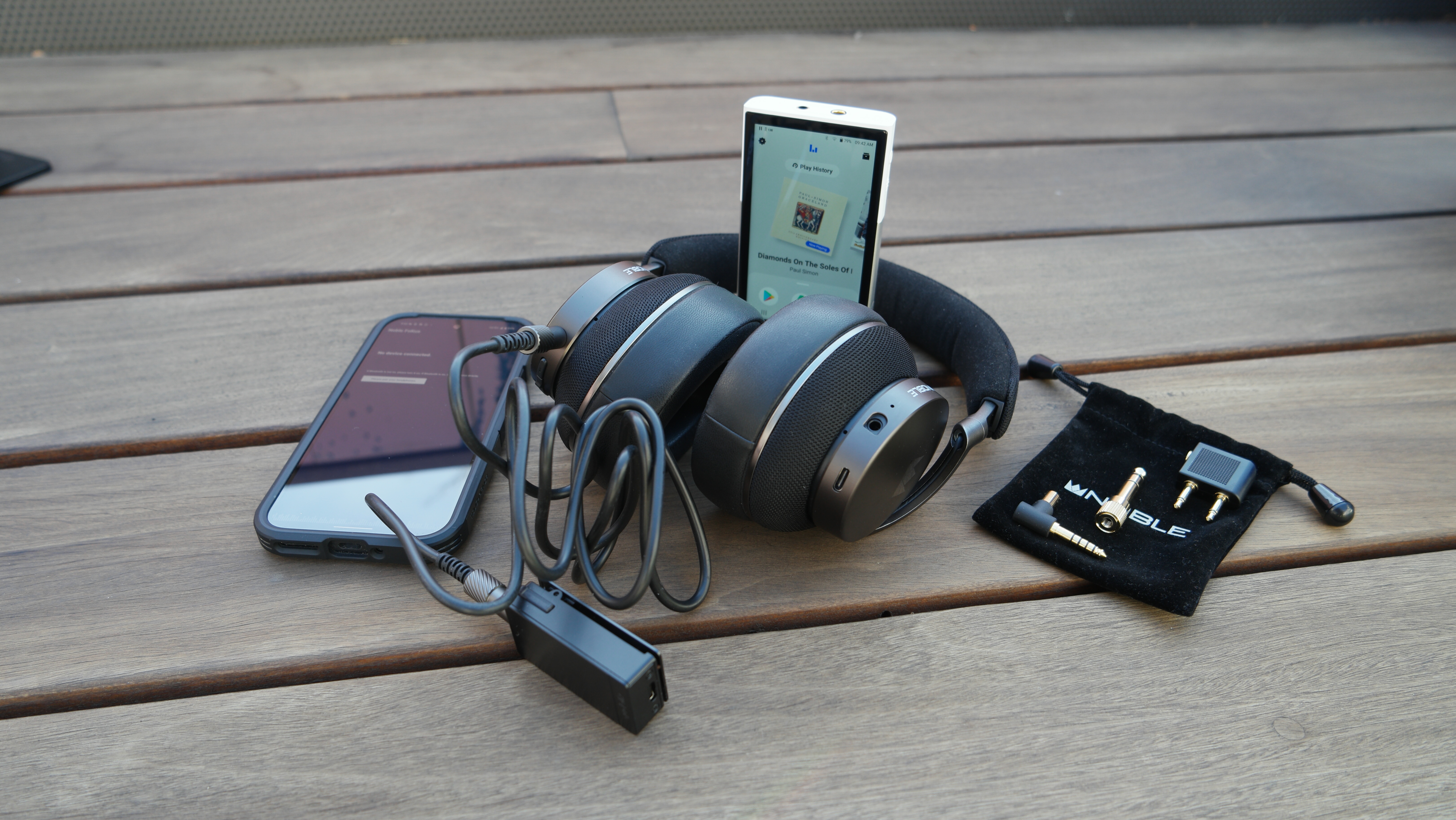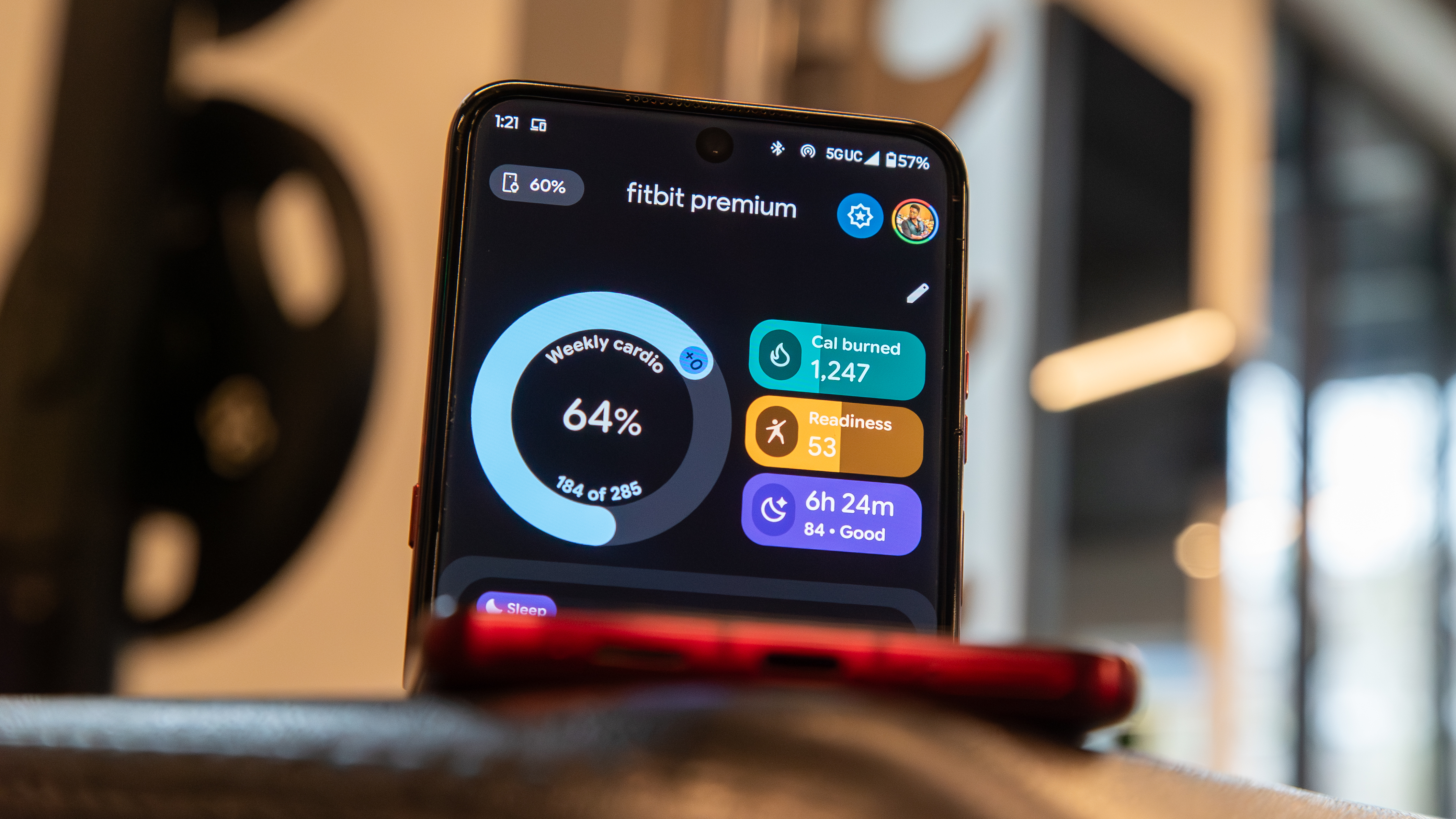Android Central Verdict
The FoKus Apollo are the first over-ear wireless headphones from Noble and feature a first-of-its-kind, patent-pending hybrid driver speaker arrangement. The sound this configuration produces is superb! They support multiple listening and noise control modes and have a full complement of accessories in the box. If your wallet can handle the hefty price tag, the Noble FoKus Apollos are well worth it.
Pros
- +
Comfort
- +
Great hard case
- +
Massive soundstage
- +
Deep bass response
- +
Engaging bass AND clarity
- +
Plenty of accessories in the box
- +
Hi-Res Wireless Audio codec support
- +
BT 5.3 and wired support connectivity
Cons
- -
Price
- -
Built-in mics are just ok
- -
No water-resistance rating
- -
Large case and headphones for traveling
Why you can trust Android Central
Noble Audio is known for its wired and wireless earbuds. Its hybrid driver IEMs are well respected in audiophile circles even though they’ve only had products on the market since 2014.
When I considered the FoKus Apollo and all that it offers, three things immediately stood out: sound quality across the spectrum, the included accessories, and boom mic quality. The price point also stands out, but whether the price is "good" will be subjective.
The Noble FoKus Apollo isn’t for the faint of heart wallet, but if you’re an audiophile and looking to mate an excellent pair of headphones to the devices in our best DACs list, you’ll have to look around a bit to find a pair of Bluetooth over-ear headphones that sound better.
What I like about the Noble FoKus Apollo
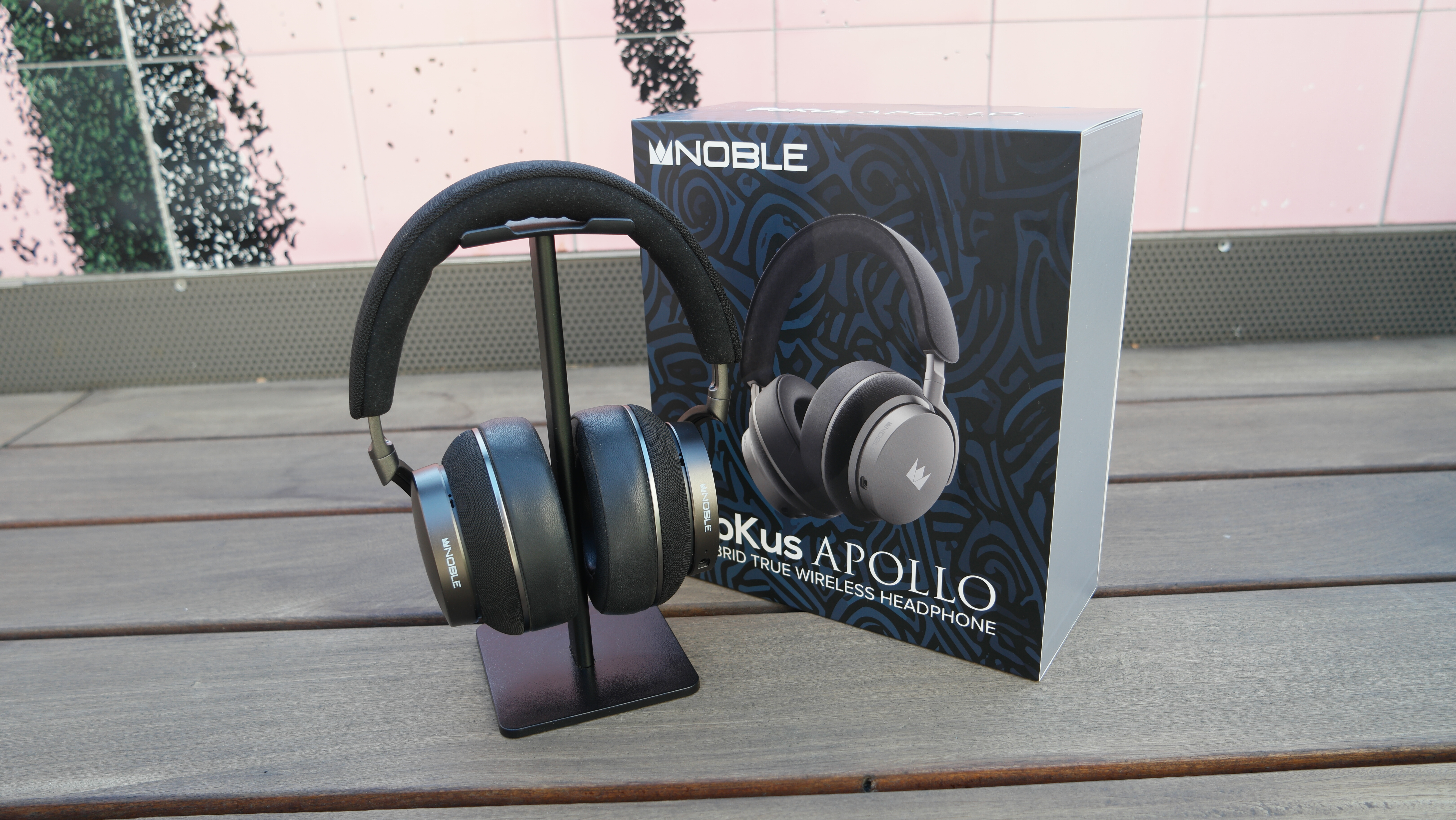
When I first began listening to the new Noble FoKus Apollo, which was just released at the end of 2024 for $650, I picked up some auditory masking of the mids and highs. I thought it was the 40mm dynamic driver shading the 14.5mm planar magnetic driver, but that wasn’t the issue.
Though the app is pretty bare bones, it does come with a 10-band EQ to help with any sonic issues you may have with its sound curve. You don't really need a lot of features in the app because the cans come with physical controls for most of the functionality.
I don’t know if it was burn-in, my ears adjusting, or the personalized sound feature, but there isn’t the slightest hint of masking anymore, and these headphones are some of the most balanced I’ve had the opportunity to have in my lab.
For testing, I connected wired and wirelessly to a Google Pixel 9, Astell&Kern P1 DAP, iMac Pro, and an iPhone 16 Pro Max. For my wired connections, I used the iFi Go Link Max and Fiio/Jade Audio KA11 DAC dongles, though the FoKus Apollo does come with a USB-C cable for wired audio playback, and you’ll want to use it. I’ll explain.
Get the latest news from Android Central, your trusted companion in the world of Android
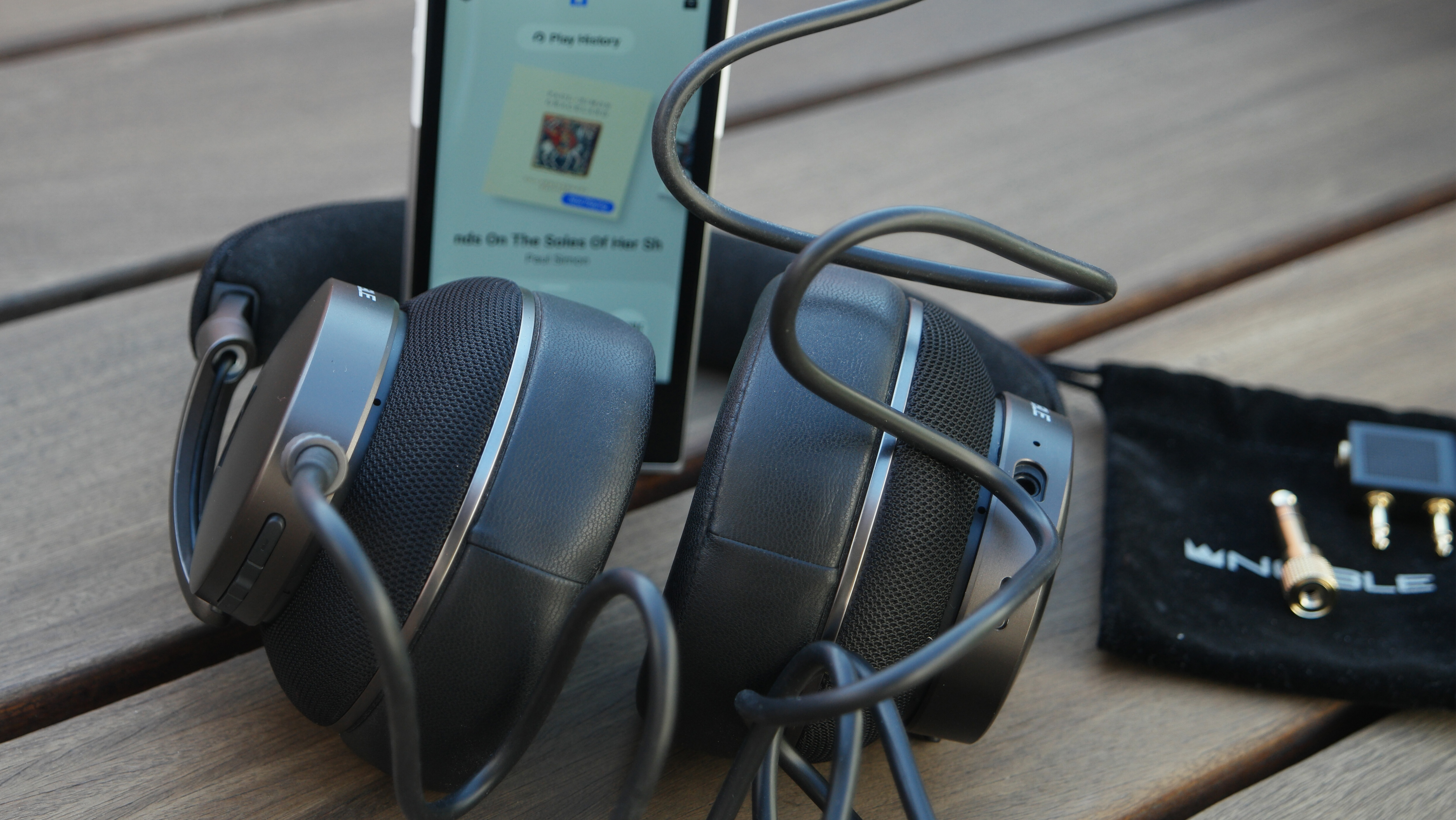
I aired out the FoKus Apollo’s sonic abilities with a healthy mix of bass, electronic, and acoustic audio treats, which included tracks from Charles Mingus, The Roots, Composers Wolfgang Amadeus Mozart, and Michael Abels with the London Contemporary Orchestra, Jamiroquai, Skrillex, and Nina Simone.
The instrumentation, sound stage, and clarity in Mingus’ rousing romp, “Moanin’” is sublime. The mix of dynamic and planar drivers is apparent in the satisfying thump of the upright bassline, balanced by the masterfully played tenor and alto saxophones.
The FoKus Apollo gives you that “in your head” audio experience, and you feel every note of that with “Violin Duel” from the “Chevalier” motion picture original soundtrack. This aggressive violin piece will show how much clarity and texture your headphones reproduce. Using the FoKus Apollo, the chord changes, attack, and decay come alive. The way the tension between the bow and strings is produced makes it feel like you’re sitting next to the violinist.
All of the music I immersed myself in during the review period was a joy to listen to through the Apollo. It’s well appointed with all you need in the box to take in all the sonic glory, no matter your preferred delivery method. You get a 3.5mm cable, USB-C for charging and audio pass-thru, and 4.4mm and ¼” adapters. Wireless connectivity happens via a Qualcomm Bluetooth stack utilizing Bluetooth LE, aptX/aptX HD, and LDAC support.
With all of that connectivity, the USB-C connection really brought out the most detail in the music I listened to. The balanced 4.4mm adapter also made an audible difference regarding how it extended the sound stage and bass.
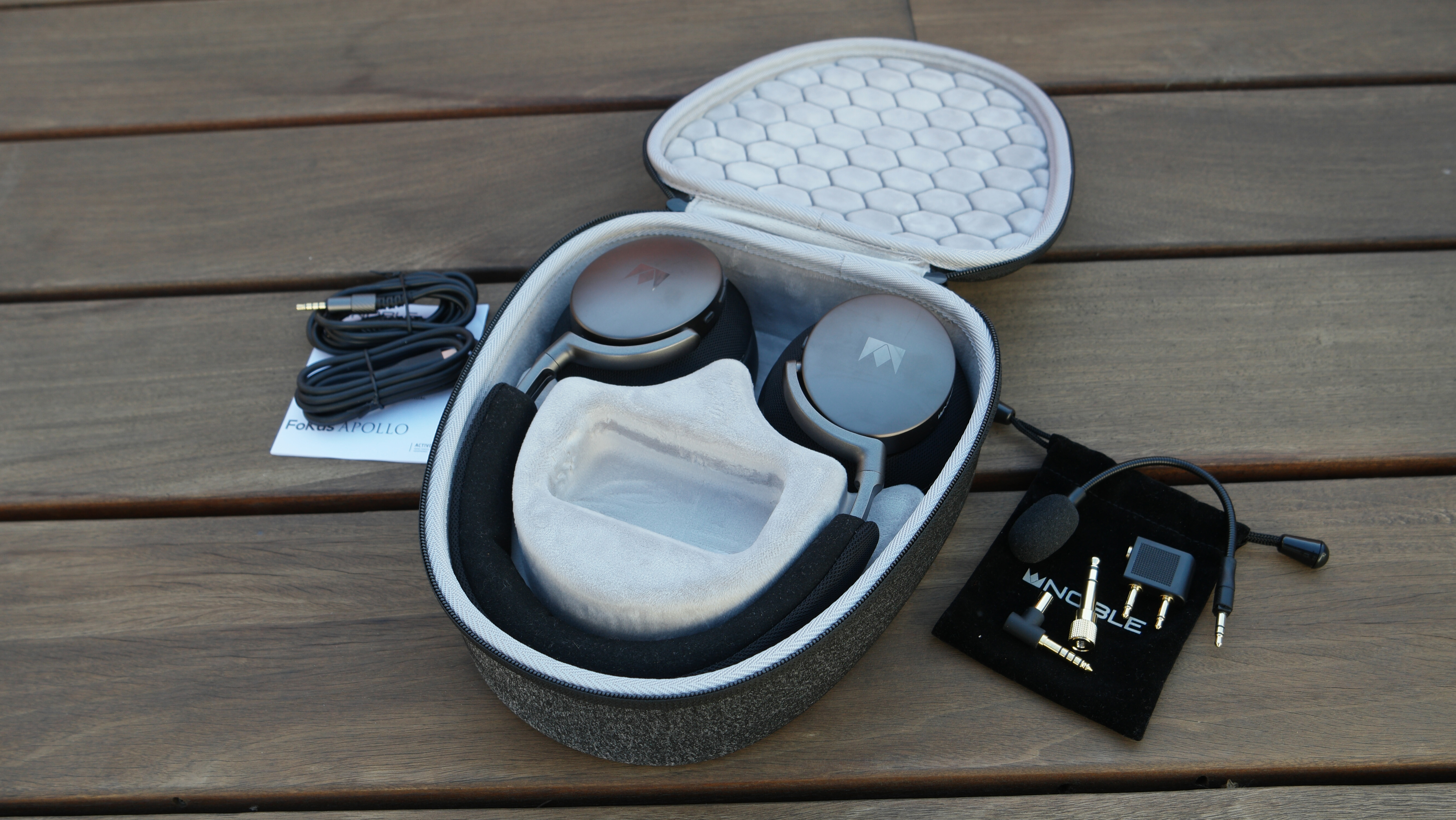
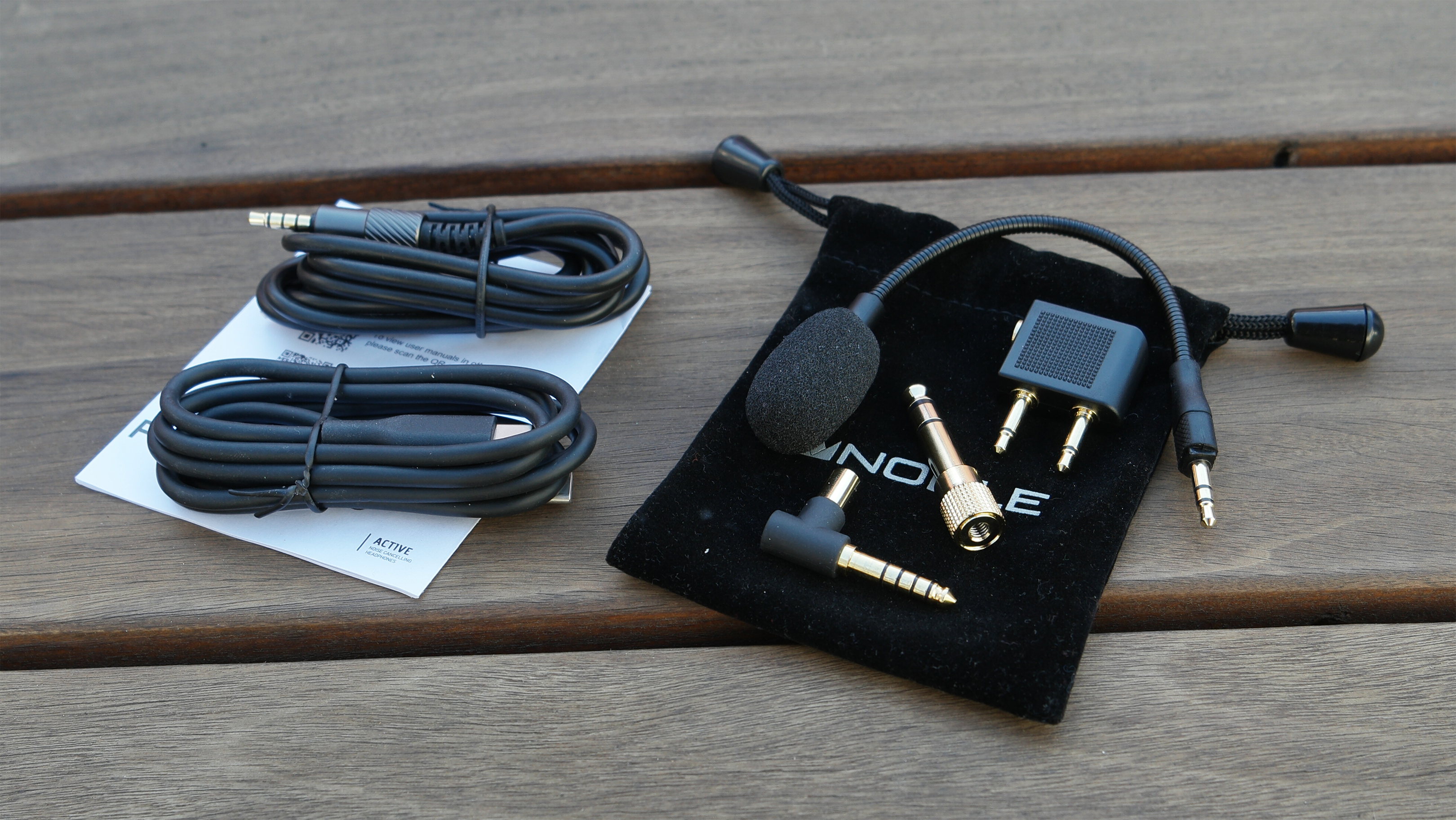

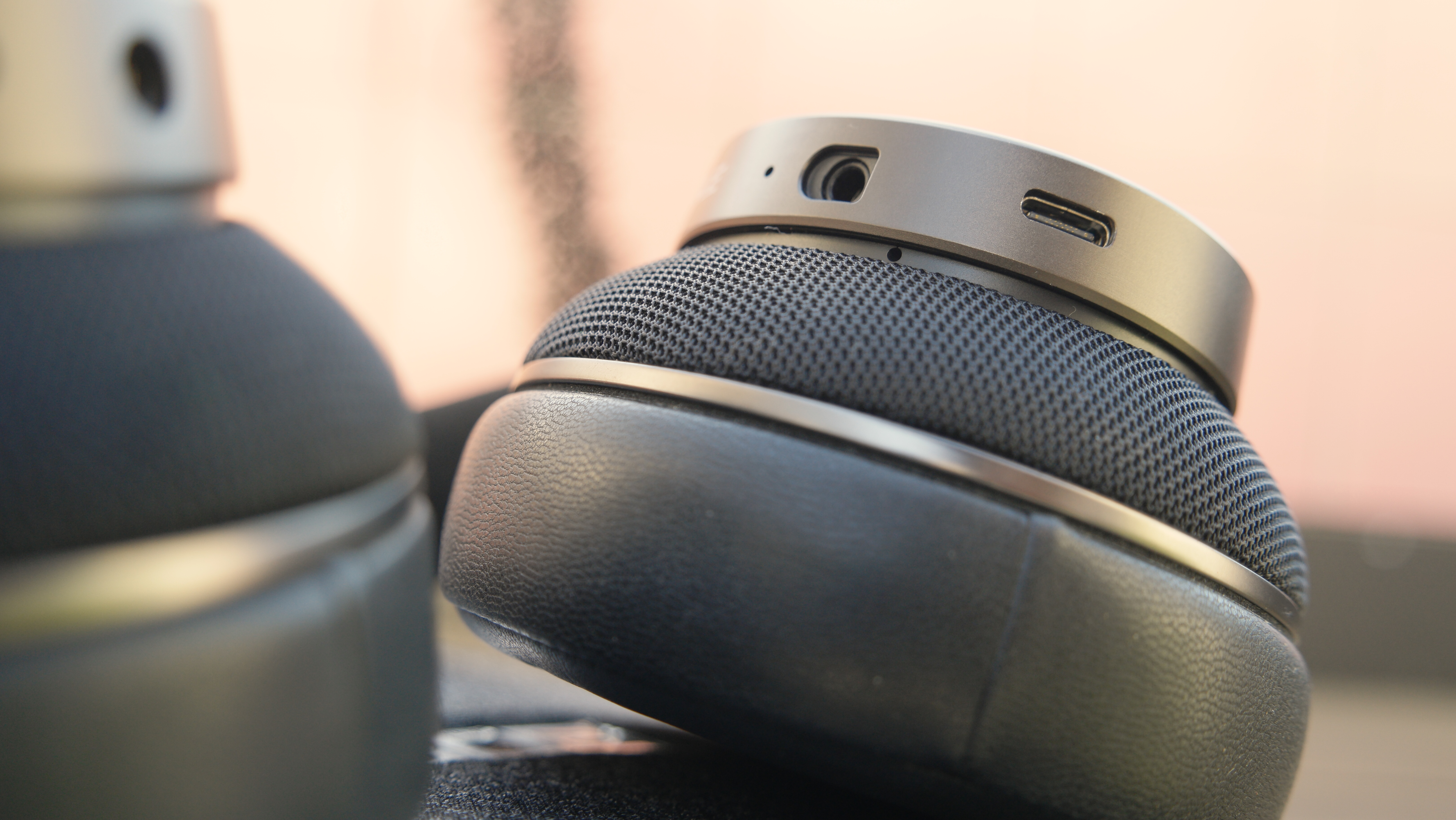
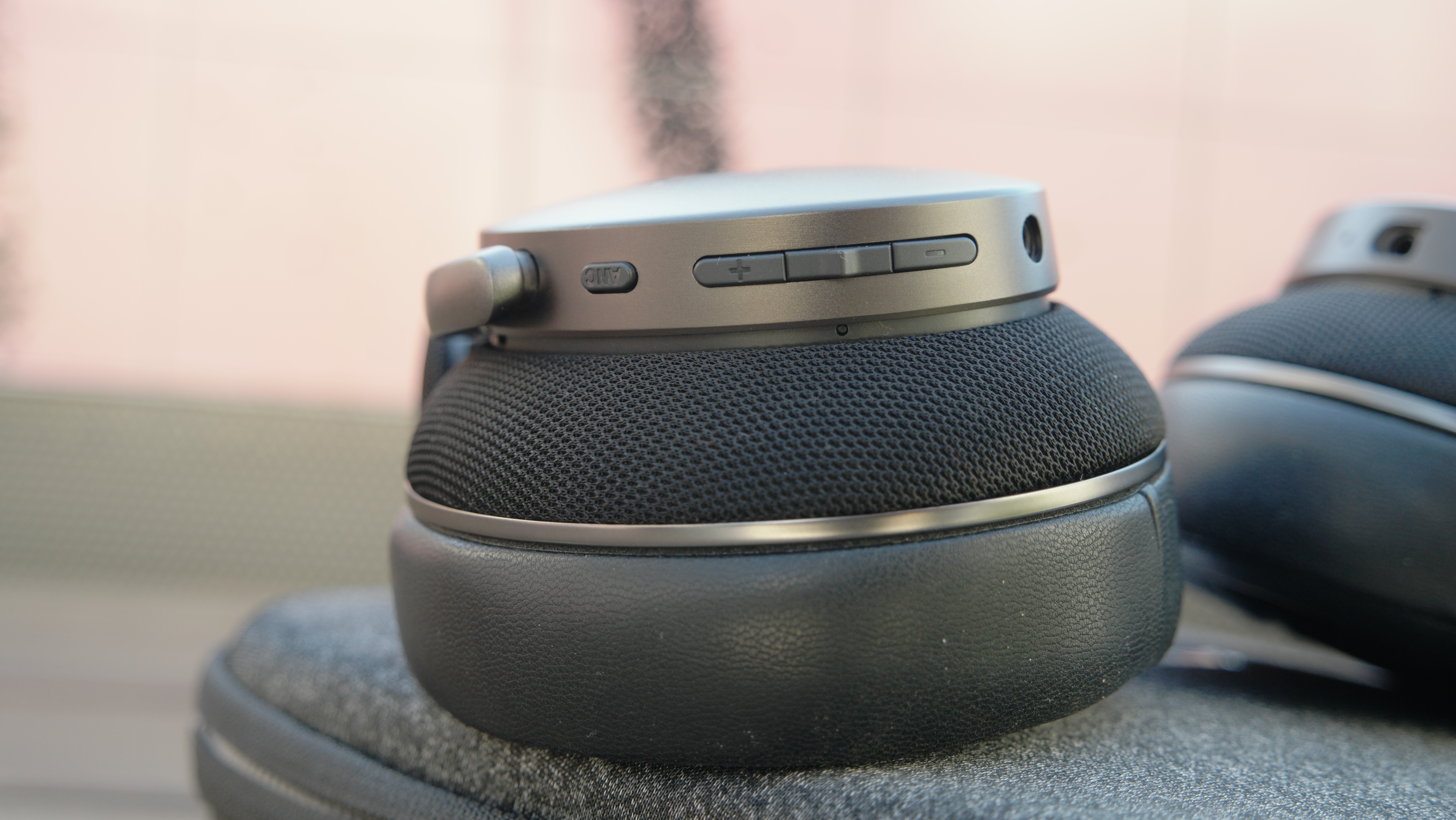
Noble Audio’s attention to detail is apparent in the FoKus Apollo’s design and “packaging.” At $650, you don’t feel like they cut corners or cheaped out on accouterments like some competitors.
As I stated, the Apollo comes with everything you need in the box, so there is no need to track down compatible third-party cables and accessories unless you really want to.
The hard case is thiccc (yes, three C’s thicc) and will take up a lot of space in a backpack, purse, or luggage, but it is well appointed and offers excellent protection from its EVA shell. Inside are pockets for your cables and a velvet pouch for your adapters.
Let me take a brief moment to say that the 3.5mm cable is beefy! The metal connectors and cable thickness are worthy of the premium price point.
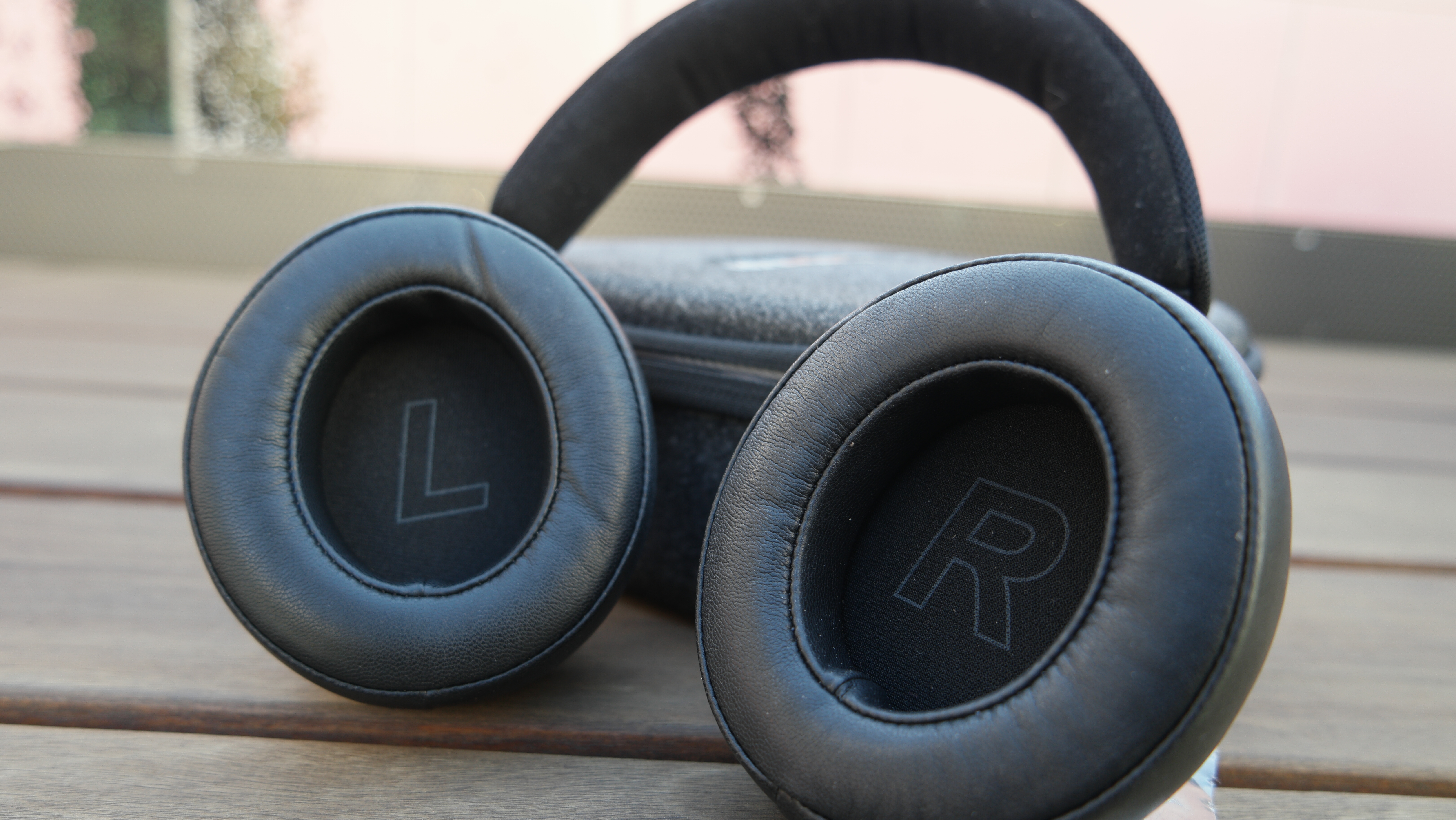
The headphones themselves have soft Alcantara on the headband’s contact surface and pleather-wrapped memory foam replaceable earpads, all set on an anodized aluminum frame, making the headphones comfortable for extended listening sessions.
The earpads are large enough to fit comfortably around my ears without feeling constricting, unlike some other high-end headphones I’ve reviewed.
The physical buttons are responsive, and intuitive. Having a physical mute botton on them is also a nice touch.
What could use improvement?
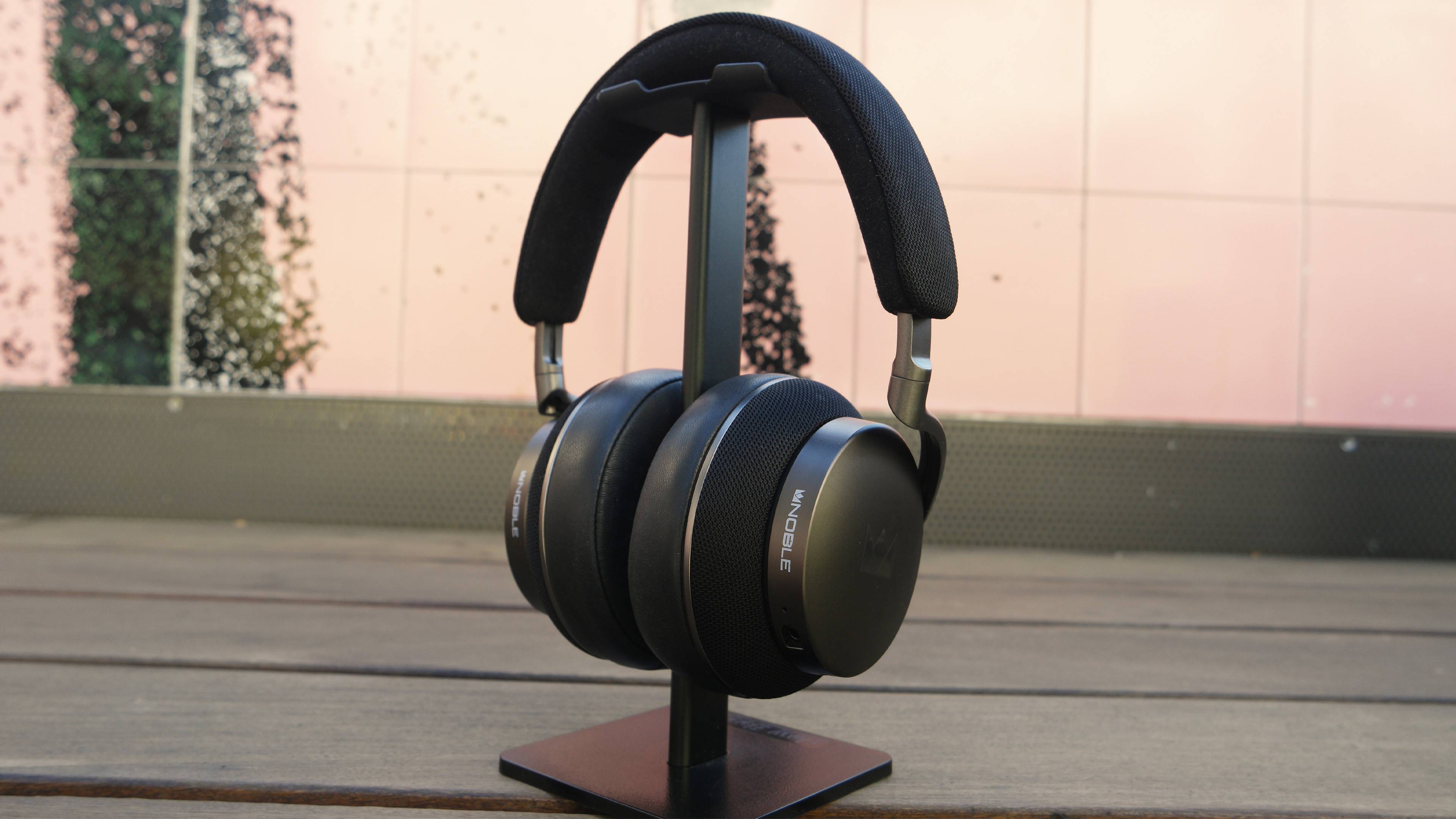
Though the cans swivel to fit inside their case and adjust to your unique head shape, they don’t fold, so their footprint is large. Hybrid active noise cancellation and internal mic audio are both ok.
Sony and Bose won’t be getting a run for their money as the headphones let in some highs when noise canceling is active, but they work just fine for dampening urban noise and airplane engine hum.
I will say that built-in microphone audio quality is underwhelming at this price point, especially given how stellar the headphone’s music playback is.
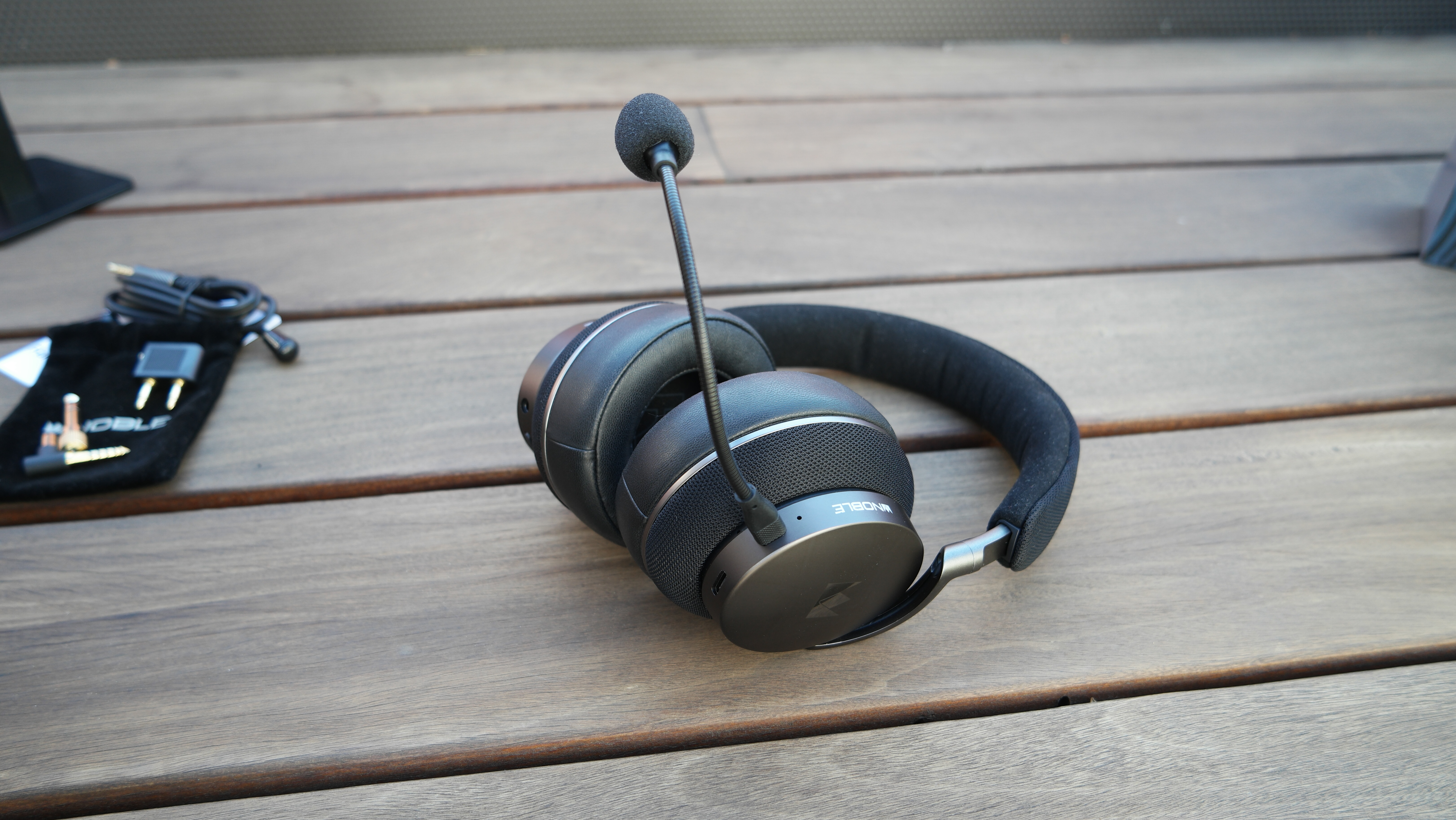
The saving grace here is that the included boom mic attachment sounds great! So, if you’re using these at home, in the office, for taking work-related phone calls, or for Zoom meetings, you’ll have great microphone quality with the boom that competes with some of today's best noise-canceling headphones.
Out of the box, without EQ, the sound quality is solid. Even with that, I’d love it if they added the ability to control bandwidth to the Noble app’s 10-band EQ. Being an audiophile product, having the ability to adjust Q is always a welcomed addition.
I’d also like the ability to adjust ANC and transparency modes. While the transparency mode is excellent, I’d like full ANC and to see what that sounds like on these headphones instead of full-time hybrid ANC.
A sound audiophile option
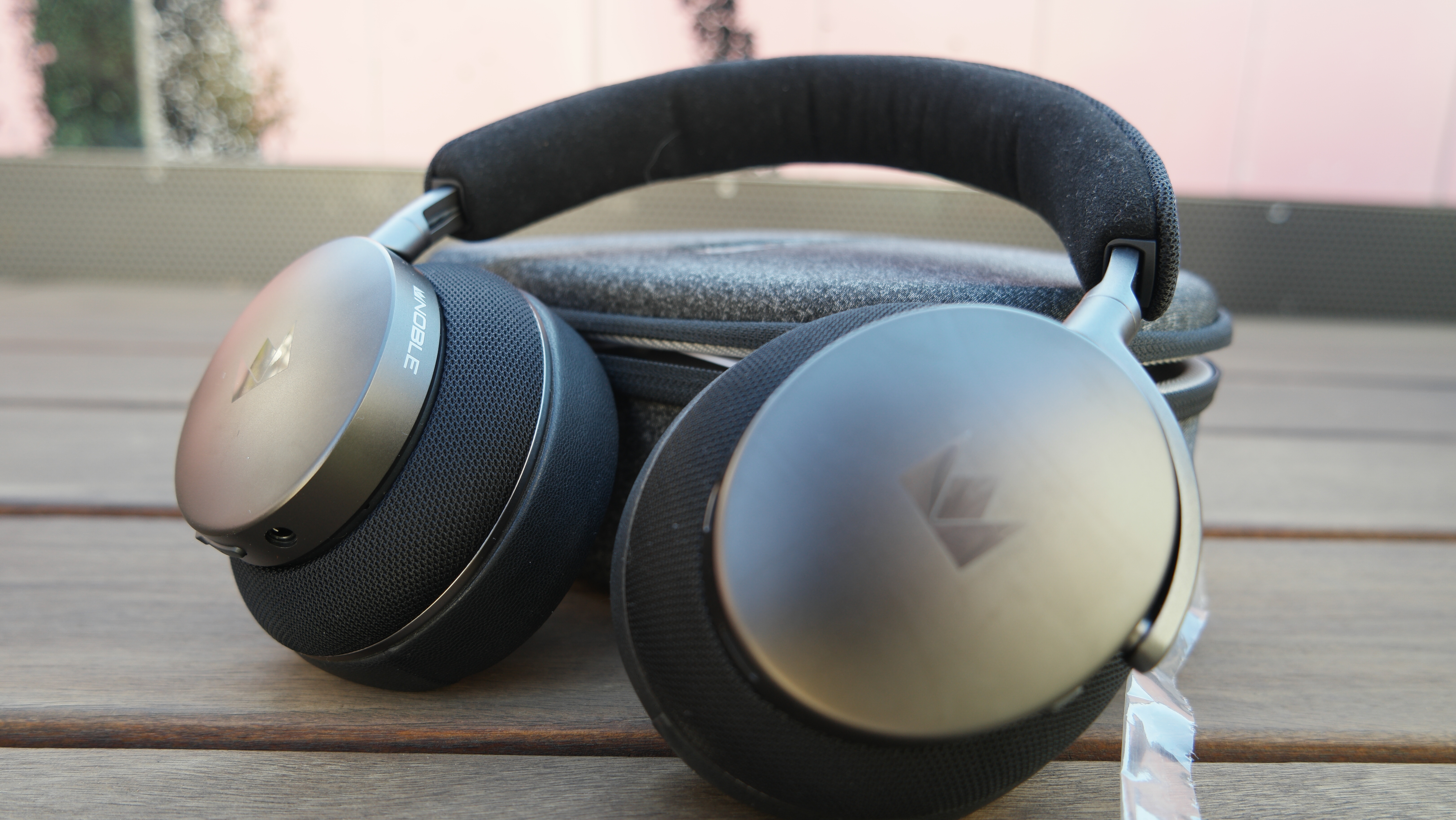
Noble Audio has something special here. Though these are aimed at the wireless market, the “FoKus” is clearly on sound quality, and I’m good with that. The combination of a large, 40mm dynamic driver with a 14.5mm planar magnetic produces a bright sound with “in your head” clarity while delivering deep bass and rousing mids. The overall package is entertaining, engaging, and comfortable, with everything you need to enjoy your favorite sounds right there in the box.
Whether you’re listening via Bluetooth, USB-C, or 3.5mm/4.4mm/ 1/4” cable, if you have the coin, the Noble FoKus Apollo are worth it, with one caveat: if you’re ok using the boom mic attachment for your most important phone calls. And I’ll say it again: if you’re dipping your toes into the audiophile pool, invest in a great pair of headphones before you spend a bunch of money on your audio source and accessories, like a DAC or DAP.

Tshaka Armstrong is a nerd. Co-Founder of the non-profit digital literacy organization, Digital Shepherds, he’s also been a broadcast technology reporter, writer and producer. In addition to being an award-winning broadcast storyteller, he’s also covered tech online and in print for everything from paintball gear technology, to parenting gadgets, and film industry tech for Rotten Tomatoes. In addition to writing for Android Central, he’s a video contributor for Android Central and posts everything else to his own YouTube channel and socials. He blathers on about his many curiosities on social media everywhere as @tshakaarmstrong.
You must confirm your public display name before commenting
Please logout and then login again, you will then be prompted to enter your display name.
